Sharks Are Coming Closer to Shore — Here Are the Concerning Reasons Why
The ongoing climate crisis is affecting marine life in many ways, including dangerous interactions with humans.
Updated July 9 2024, 4:01 p.m. ET
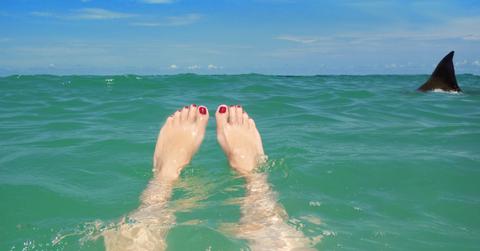
It doesn't have to be Shark Week to occasion interest, concern, and compassion for the plight of marine life like sharks.
With harrowing instances aplenty over the years of human-shark interactions resulting in increased anxiety from beachgoers, the troubling trend of sharks (and their unhatched young) coming close to the shore is rightfully cause for concern.
Scientists have a few ideas why sharks are inching ever closer to the shore, posing a threat to their safety and causing mass alarm to swimmers. Keep reading to learn why sharks are making their way closer to the shore and what can be done to protect shark habitats and keep humans safe around nearby sharks.
Sharks are losing their natural habitats due to climate change.
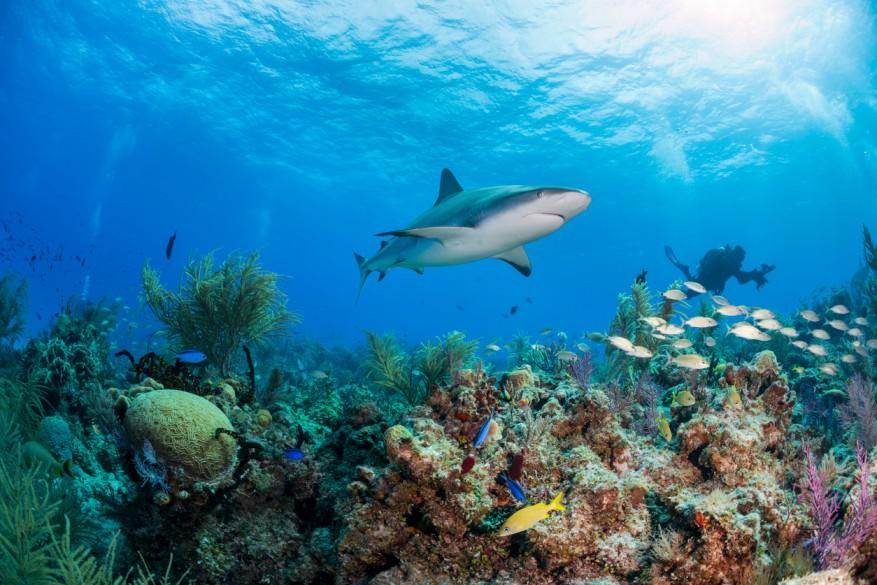
The climate crisis is causing unexpected and mystifying behavior among various marine life, and marine biologists told ABC News that climate change, specifically rising water temperatures, is potentially causing sharks to swim closer to the shore.
"So as we see warmer waters, we're seeing marine species expand their ranges [and] shifting their ranges," marine biologist Mike Heithaus told ABC News.
Younger sharks may be more prone to swimming towards the shore by accident.
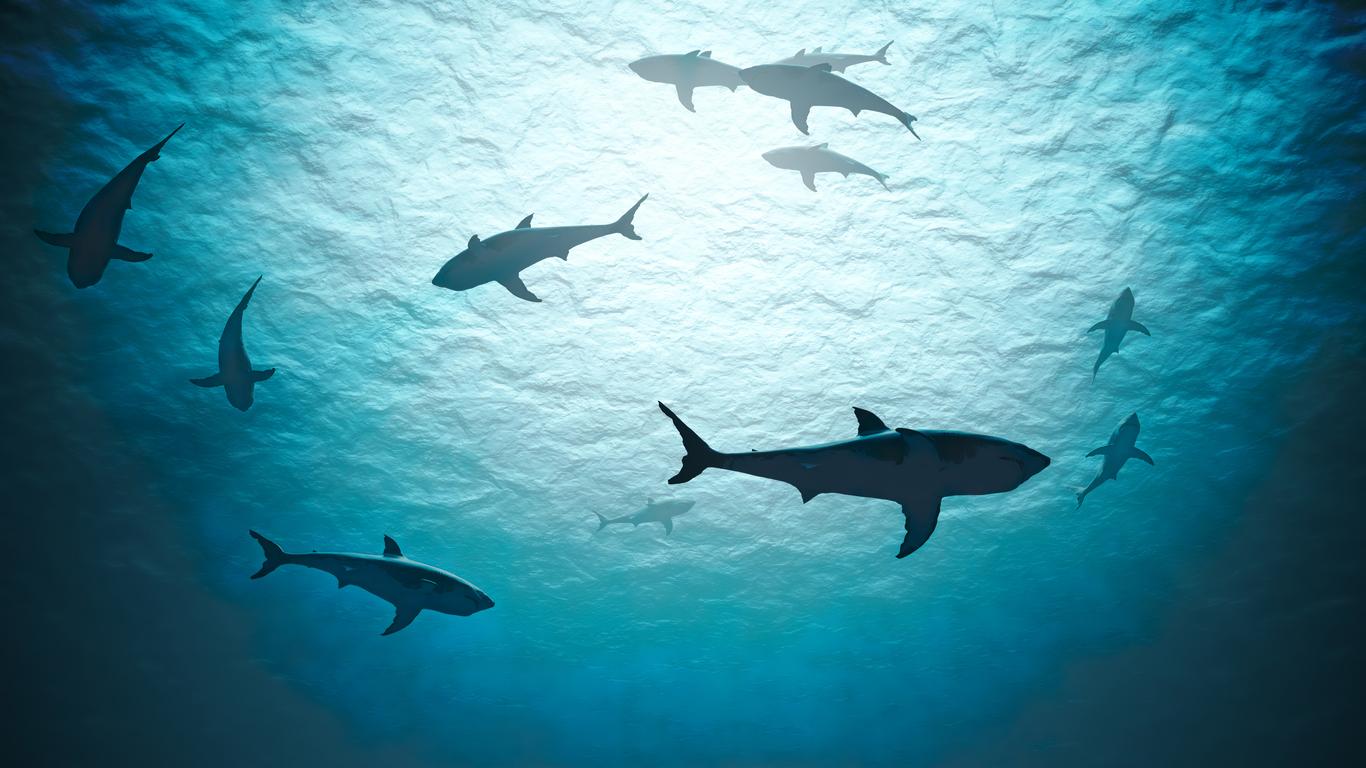
Think of it less like a broken internal compass and more as a tendency to make mistakes when orienting themselves in a certain direction. So says Gavin Naylor, the director of the Florida Program for Shark Research at the Florida Natural Museum of History, who told ABC News that juvenile sharks are independent swimmers prone to swimming off-course.
Further extrapolated, this means they are less likely to be redirected by parent sharks. Additionally, for coastal areas like Long Island that featured spaces that used to serve as a shark nursery, sharks young and old may simply be returning to familiar waters.
Humans are infringing upon territories where sharks hunt for food.
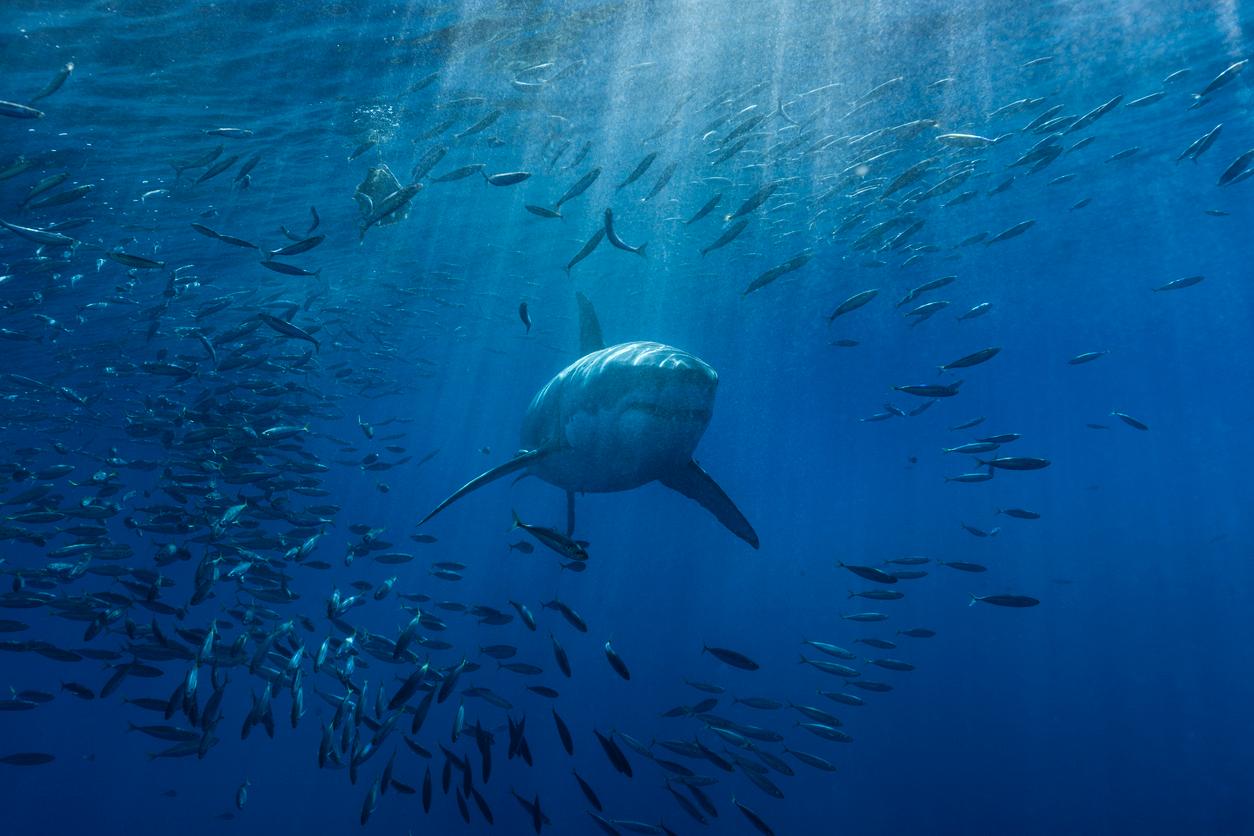
As the Alabama-based news outlet CBS 42 attests, sharks follow their prey into shallow waters, where they are easier to hunt. Furthermore, as the North Carolina-based NC Health News explains, “[W]e are in their living room,” meaning human activity and water sports are interfering with sharks on the hunt for food.
“We like to hang out as people where they often like to eat, around piers, near beaches, near surface zones. These are all areas where surfers and people who like to boogie board and just kind of play in the waves are also hanging out,” James Bell, shark advocacy consultant with the North Carolina Aquarium, told NC Health News.
An increasing population of people and sharks is leading to more human-shark interactions.
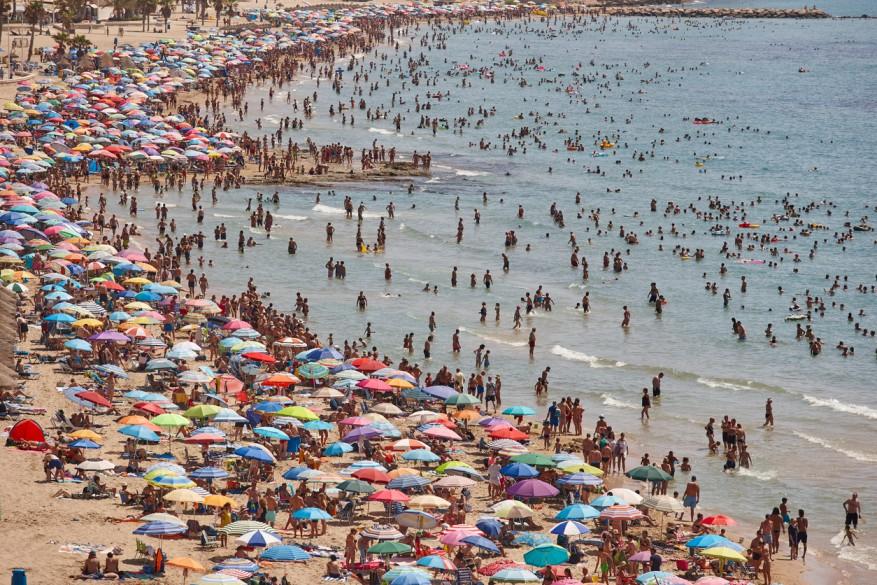
According to the Destin, Fla.-based news outlet The Destin Log, the natural increase in human population, combined with increasing numbers of sharks due in part to conservation efforts, means there are significantly more opportunities today for humans and sharks to find themselves sharing the same space.
“There are more people that swim in the water than before and there are more sharks in the water than ever before. So, the incident rate of shark bites is only going to go in one direction,” Captain Gary Jarvis, a fisherman, told The Destin Log.
Baby sharks love warm, shallow water.
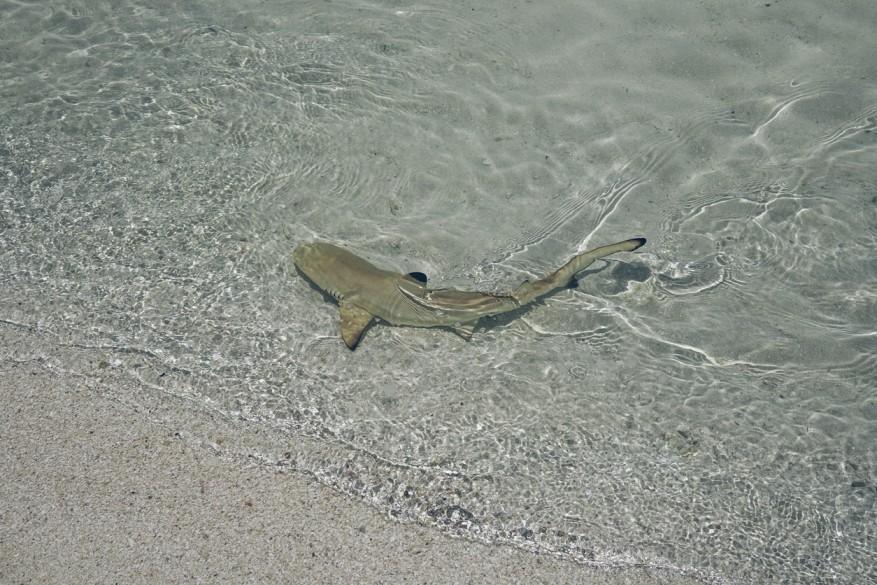
According to the New York Post, research shows that juvenile sharks are attracted to warm, shallow areas of water, often being spotted close to the surface during peak hours when it is hottest during the day. This is thought to accelerate their growth.
Ultimately, as climate change worsens the living space for marine life and human and shark populations continue to grow, awareness, education, and compassion will keep both parties safer.
“The sharks get a bad rap,” Bell told NC Health News. “But here’s something that I think that everyone needs to understand because the climate is changing and it’s changing dramatically with our oceans and our currents in such a way that we are going to have more interaction with sharks.”